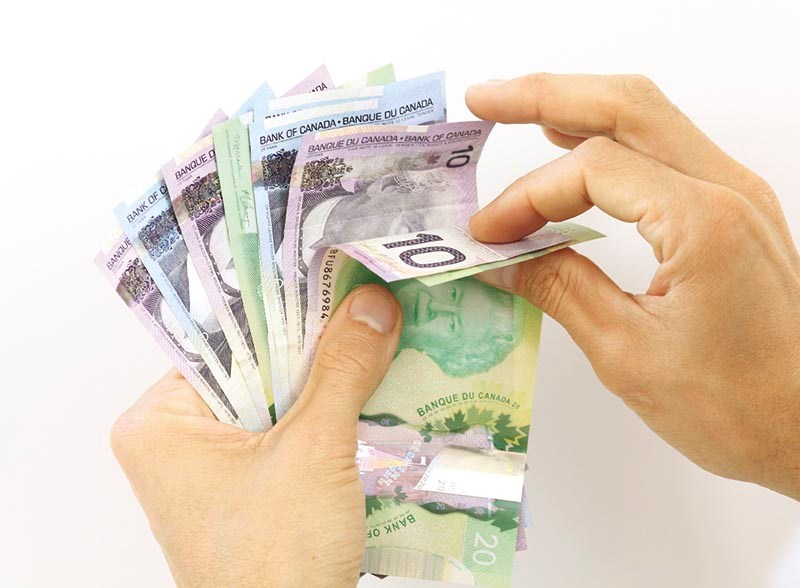Cathy Dobson
Re-elected city councillor Mike Kelch doesn’t believe you can spend your way to a council seat.
The 17-year political veteran spent just $1,000 on his campaign, distributed about 50 signs and did some print advertising.
“If people think you’re an idiot, you can spend millions and you won’t get elected,” he says.
A proven track record will trump money, Kelch said.
“I answer every email and respond to every phone call.”
But greater spending may be necessary for political newcomers, conceded Kelch, whose first campaign budget was closer to $8,000.
That was Matt Mitro’s philosophy.
Mitro won a city council seat on Oct. 27 in his first attempt, beating 16 other candidates. The campaign cost about $6,500, he said.
“I think signs are important.”
Much of his budget paid for 500 smaller signs and 100 larger ones with his photo prominently displayed, so people would start recognizing him.
“It’s so hard to know how to message in Sarnia,” Mitro said. “I think what it really takes to win, more than anything, is a pile of work.”
Mayor Mike Bradley agreed newcomers might need to spend more money to win.
The mayor said after 26 years he needed to demonstrate his interest in the job, and spending campaign money was part of that.
“I spent between $8,000 and $10,000 on each of my last three campaigns,” Bradley said. “I pay the $200 to register and the rest is through fundraising.
The mayor is not fond of campaign signs but put up 300 anyway. There’s a perception the more signs that go up, the more successful the candidate, Bradley said. “That’s not true. I hope the day comes when they’re not a part of a campaign.”
The election had a huge field of newcomers, each working to generate name recognition.
It’s tough when so many are running, said Denise Robertson who placed 10th out of 20 candidates for a city seat.
Her budget was about $550, which included 75 signs.
“It was expensive for me,” she said. “I wish I had more to spend but I didn’t have it. However, I do believe you can do a lot with a little.”
Shawn McKnight agrees.
His team made 52 wooden election signs. Everyone who displayed a McKnight sign paid $25 to have it made over into a birdhouse once the campaign ended.
Nearly everything spent on his campaign will be recovered through the birdhouse sales, McKnight said.
Brian White’s campaign was also an exercise in doing a lot with a little. White, one of three new faces on council, topped the polls for a city seat after losing four years ago.
He estimates his team spent $1,300 on his entire campaign.
“It may be more once I add my gas bills in there, but we were very careful with our money. I only spent what was donated to me.”|
For $1,300, White said he got 230 lawn signs, did some advertising and distributed 7,000 cards by hand.
Coun. Bev MacDougall seemed to break the pattern by increasing her campaign budget this time to $4,000, despite three terms on council.
“I spent more than in the past because there were five incumbents going after four city/county seats,” said MacDougall. She and incumbents Anne Marie Gillis, Andy Bruziewicz and Dave Boushy were successful, while incumbent Jim Foubister was edged out.
Then there are those who didn’t spend much, lost, and don’t believe more spending would have made a difference.
“It doesn’t matter what you spend,” said newcomer Peter Athanasopoulos. “I spent between $2,000 and $3,000 and don’t feel bad I didn’t spend more.
“As the late Mayor Marceil Saddy said, I take care of my money the same way I would take care of the city’s money.
“The reason I lost was because there are so many people running. They split the vote.
